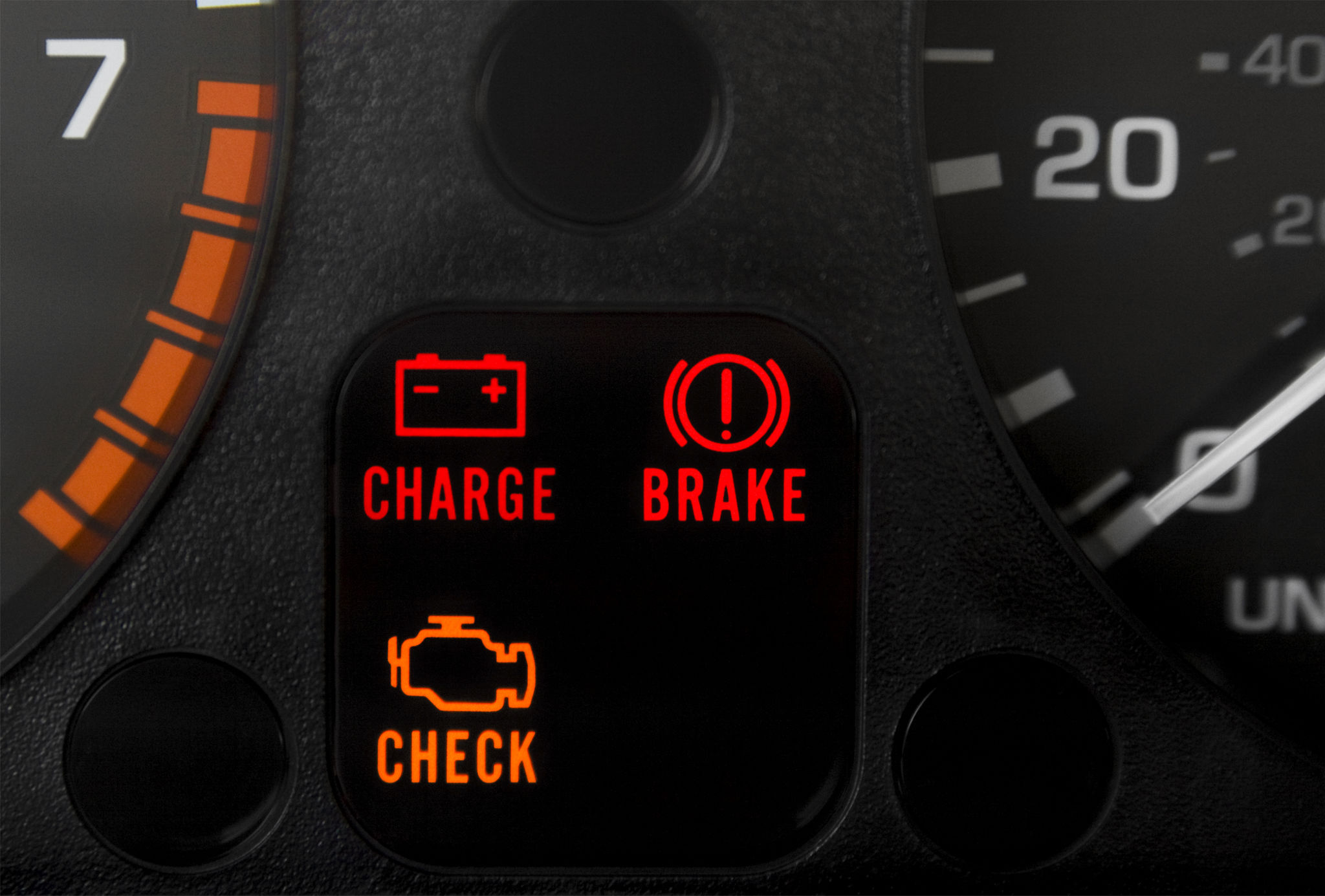Understanding Common Car Dashboard Light Indicators and What They Mean
Introduction to Dashboard Light Indicators
Understanding your car's dashboard light indicators is crucial for vehicle safety and maintenance. These lights are designed to alert drivers to potential issues or to notify them of the car’s operational status. While some lights indicate minor issues, others require immediate attention. Familiarizing yourself with these symbols can prevent serious problems down the road.

Color Coding of Dashboard Lights
The color of the dashboard light is an initial indicator of the urgency of the issue. Typically, red lights signal a serious problem or safety issue, requiring immediate action. Yellow or amber lights suggest a warning or something that needs attention soon but isn't immediately critical. Meanwhile, green or blue lights often indicate that a system is active or operating normally.
Red Lights: Immediate Action Required
When a red light appears, it's important to address the issue without delay. Common red lights include:
- Engine Temperature Warning: Indicates that the engine is overheating.
- Oil Pressure Warning: Suggests that the oil pressure is low, which could damage the engine.
- Brake System Alert: Warns of a problem with the braking system, such as low brake fluid.

Understanding Yellow and Amber Lights
Yellow or amber lights serve as a cautionary alert. While they don't require immediate action, they should not be ignored. Some common yellow lights are:
- Check Engine Light: This can indicate a range of issues, from a loose gas cap to a more serious engine problem.
- Tire Pressure Monitoring System (TPMS): Signals that one or more tires may be under-inflated.
- Traction Control System (TCS) Light: Indicates that the system is activated or there's an issue with it.

Green and Blue Lights: Informational Indicators
Green and blue lights typically provide information about the vehicle's operation. For instance, a green light might indicate that the headlights are on, while a blue light often signals high beams are active. These lights are generally less concerning but understanding them can enhance your driving experience.
Troubleshooting Dashboard Lights
If you encounter a dashboard light that you're unsure about, consulting your vehicle's owner manual is a good first step. It provides detailed information specific to your car model. Additionally, many auto shops offer diagnostic services to read trouble codes and identify issues accurately.

The Importance of Regular Maintenance
Regular vehicle maintenance can prevent many dashboard lights from appearing in the first place. Routine checks of engine oil, tire pressure, brake fluid, and coolant levels can help maintain your car in optimal condition. Scheduled maintenance not only enhances safety but also extends the lifespan of your vehicle.
Conclusion
Being aware of your car's dashboard light indicators and their meanings can give you peace of mind and ensure your safety on the road. By responding promptly to these alerts and maintaining regular vehicle check-ups, you can avoid costly repairs and keep your vehicle running smoothly.

